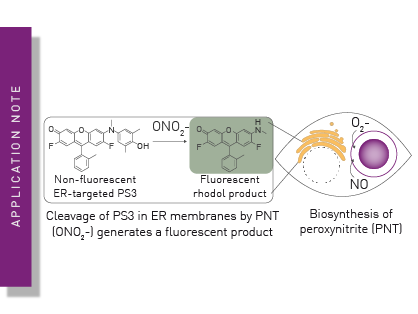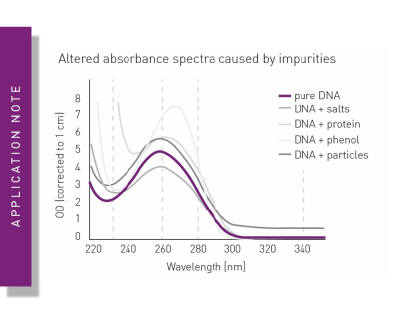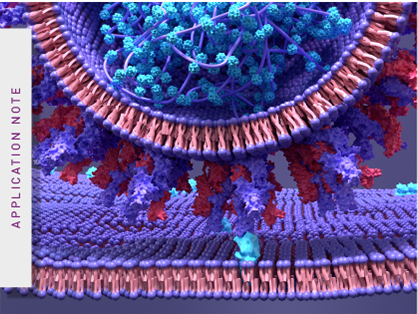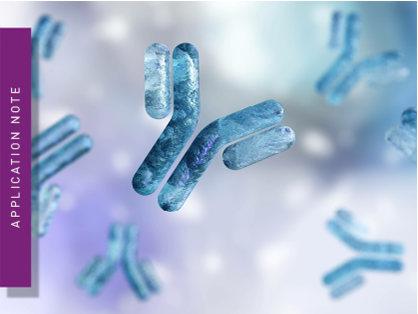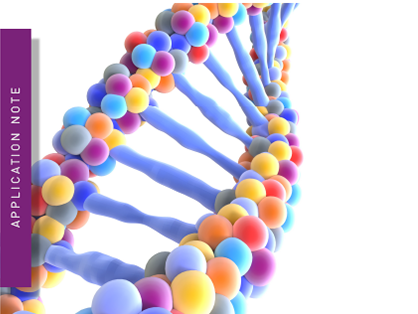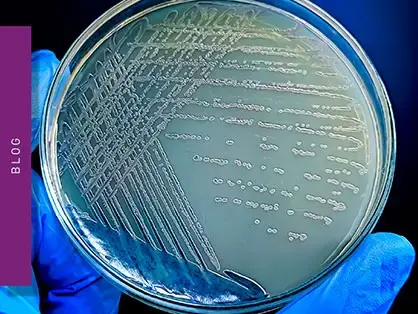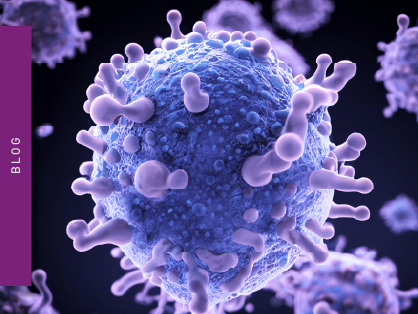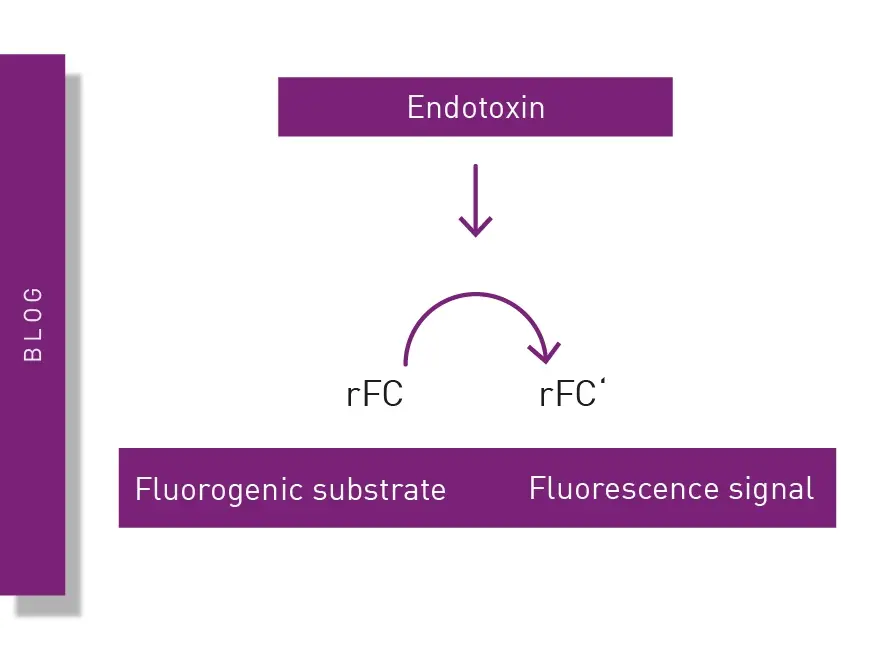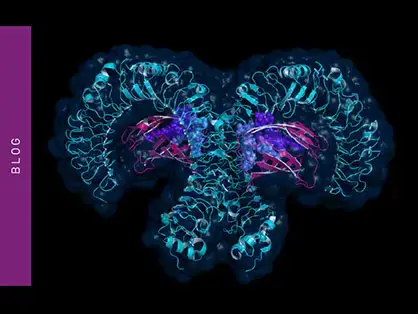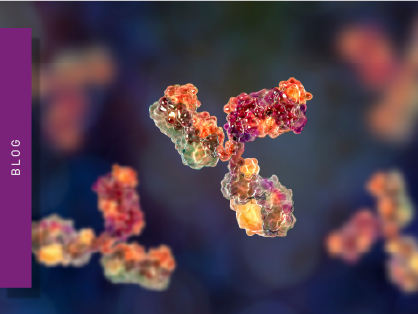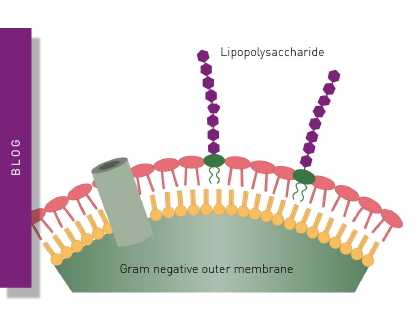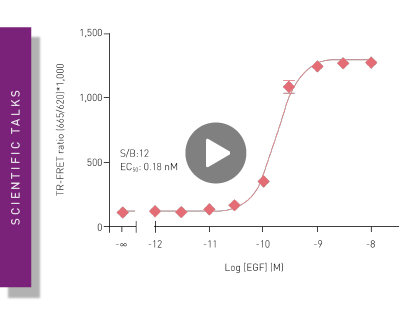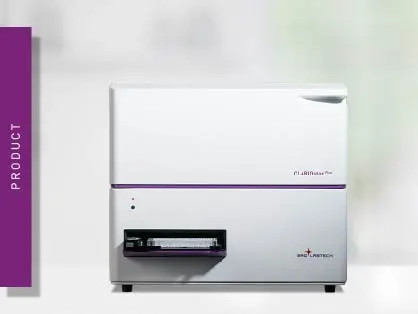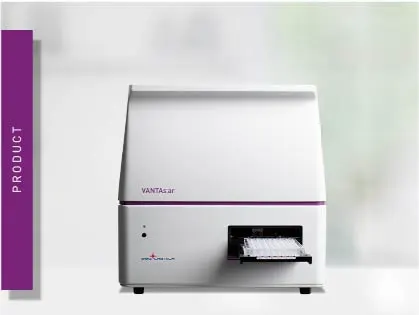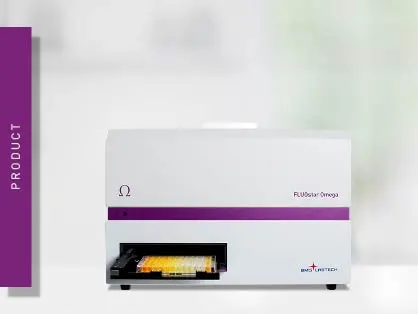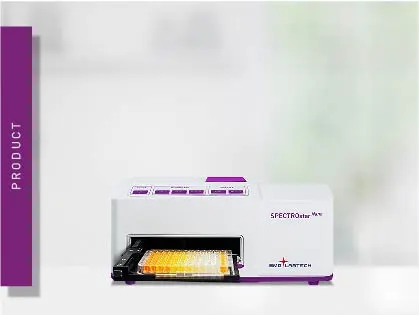Microplate readers are an indispensable tool for bioanalysis
Whether in a small lab or on a large diagnostic scale, detection on a microplate reader is indispensable in bioanalysis. Any method that deals with the quantification of compounds, their metabolites or biological molecules in biological fluids such as blood, plasma, serum, urine or tissue extracts is officially referred to as bioanalysis under FDA guidelines.
In addition to various chromatographic methods such as GC and HPLC, there are more and more approaches based on the use of microplate readers. The advantage is obvious: while the use of chromatographic methods usually requires comprehensive training or many years of experience, the operation of microplate readers is quite simple thanks to numerous functions that automatically provide you with the optimal settings.
Microplate reader-based methods for the identification and quantification of molecules are often enabled by the use of immunological ligand binding assays and can range from simple ELISAs with an absorbance readout to sophisticated antibody-based methods using TR-FRET or AlphaScreen. The latter also have very high sensitivity, allowing users to work with minimal volumes. The use of very small sample volumes allows both the investigation of different components from the same sample and the reduction of the invasiveness of sampling, as less volume is needed overall for the same analysis.
The target molecules are very heterogeneous and range from circulating cytokines and hormones to local cellular proteins such as ion channels. The following application examples highlight the use of a fluorescence polarization assay to quantify the concentration of IgG and a pH determination method based on spectral absorbance. However, bioanalytics is also involved in the detection of drugs and their metabolites. Many investigations targeting drugs belong to the field of forensics or anti-doping tests in sports. In addition, bioanalytical methods include the detection of indicators or causes of various diseases (biomarkers) when they are based on small molecules, such as BRCA1+2 in ovarian or breast cancer, cardiac troponin I in cardiovascular diseases or C-reactive protein in liver cirrhosis. In the application note Identification of single-cell immunophenotypes with biocytometry, novel biosensors are used to detect the surface antigens on the single-cell level. Bioanalysis also includes quality control methods like tests for pyrogens (including the BET test or recombinant factor C test) which are needed to ensure the safety of pharmaceuticals, biologics and medical devices.
Especially when only traces are present, such as in the early detection of pathological changes as well as in the detection of doping-associated substances, high sensitivity plays a very important role in bioanalysis. The PHERAstar FSX is BMG LABTECH’s most sensitive microplate reader thanks to its assay-specific Optic Modules and its SDE feature. The CLARIOstar Plus, on the other hand, with its very sensitive LVF Monochromator offers customers high flexibility combined with high sensitivity. Especially when the concentration range of the target molecule is completely unknown, the Enhanced Dynamic Range option can be of great advantage as it allows measuring very bright and dim signals in the same measurement – without manual gain adjustment.





